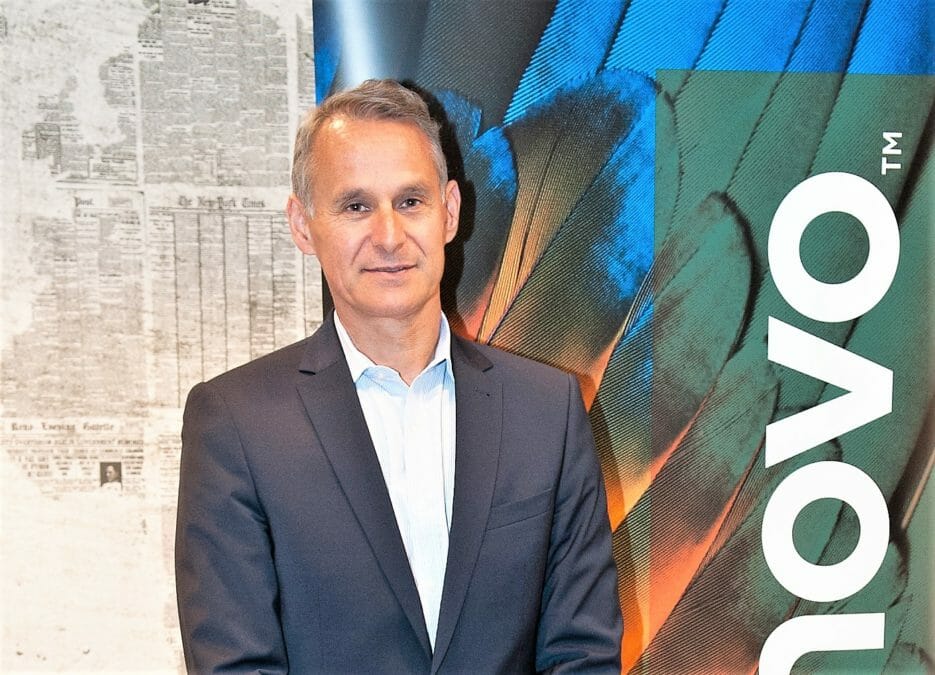The term G-Cloud, meaning government cloud, began life in around 2008 as an ideal – a discussion point around which to debate the possibility of the UK public sector establishing its own cloud computing services.
In June 2009, the government’s Digital Britain report proposed that “the adoption of the G-Cloud [singular] will be a priority for government investment to secure efficiencies, even within the very constrained framework for public expenditure, over the next 3 years”.
By October of that year, the government’s CIO Council had developed a model for how the G-Cloud might work, and the concept was a centrepiece of the Labour government’s draft IT strategy that was leaked on the eve of the general election.
Creating a single cloud infrastructure for the government would allow “flexible allocation of computer resources to workload”, “further reduction in energy consumption and much greater flexibility”, the strategy asserted.
Fast forward to March 2011, though, and the term G-Cloud was conspicuously absent from the coalition government’s new IT strategy, prompting speculation that the idea had been jettisoned.
Not so, says Andy Tait, who until April 2011 was deputy director for the G-Cloud, data centre consolidation and application store programme at the Cabinet Office. The word may have been absent, he says, but the principles of G- Cloud remained in place.
“There is a specific section on cloud computing which says there will be an implementation plan by September,” he explains. “There is also a specific section on building a government app store, which to my mind requires the G-Cloud services to be in place.”
Be that as it may, Tait left the Cabinet Office to become VMware’s Head of UK Public Services Strategy just weeks after that document was published.
Tait argues that with or without a mandate from central government, cloud computing will emerge as public authorities become sophisticated adopters of virtualisation. “Once you’ve virtualised your applications and they can work on anybody’s infrastructure, it becomes a lot easier to ask, “Do I need to operate this platform myself?”
VMware-customer Hampshire County Council has virtualised around 90% of its infrastructure, Tait says. In March 2011 it announced a shared services programme to pool resources with nearby authorities, a plan that Tait describes as a ‘community cloud’.
“We are seeing groupings of similar organisations, such as NHS trusts or police forces, using shared elements,” he explains. “It is sensible because they are using similar applications.”
However, Tait says that even greater efficiencies will emerge when a larger variety of public sector organisations begin to share pooled, virtualised IT resources. “When multiple areas of the public sector are sharing – the police sharing with the NHS, for example – that would be a great step forward.”
As the market-leading virtualisation provider, VMware is well placed to capitalise on this trend. In fact, some might say that it is too well placed, and that VMware’s market lead might one day become a public sector monopoly.
Tait himself acknowledges that danger. “The G-Cloud programme was quite clear that there is a desire for a level of portability [between cloud environments],” he says. “You can’t standardise on a single platform for the whole of government, and there is never a desire to create a monopoly.”
Some argue that the need for competition in the cloud requires that the infrastructure should be built on open source software. “If the intention is to create efficiencies through a market based on service competition whilst encouraging innovation in our society, then the government should mandate that the technology behind G-Cloud will be open source,” argues Simon Wardley, a researcher at CSC’s Leading Edge Forums.
But while VMware sells a number of open source products, its core virtualisation platform is proprietary.
This is a looming issue that the government would be wise to address in the cloud computing implementation plan that is due in September.






